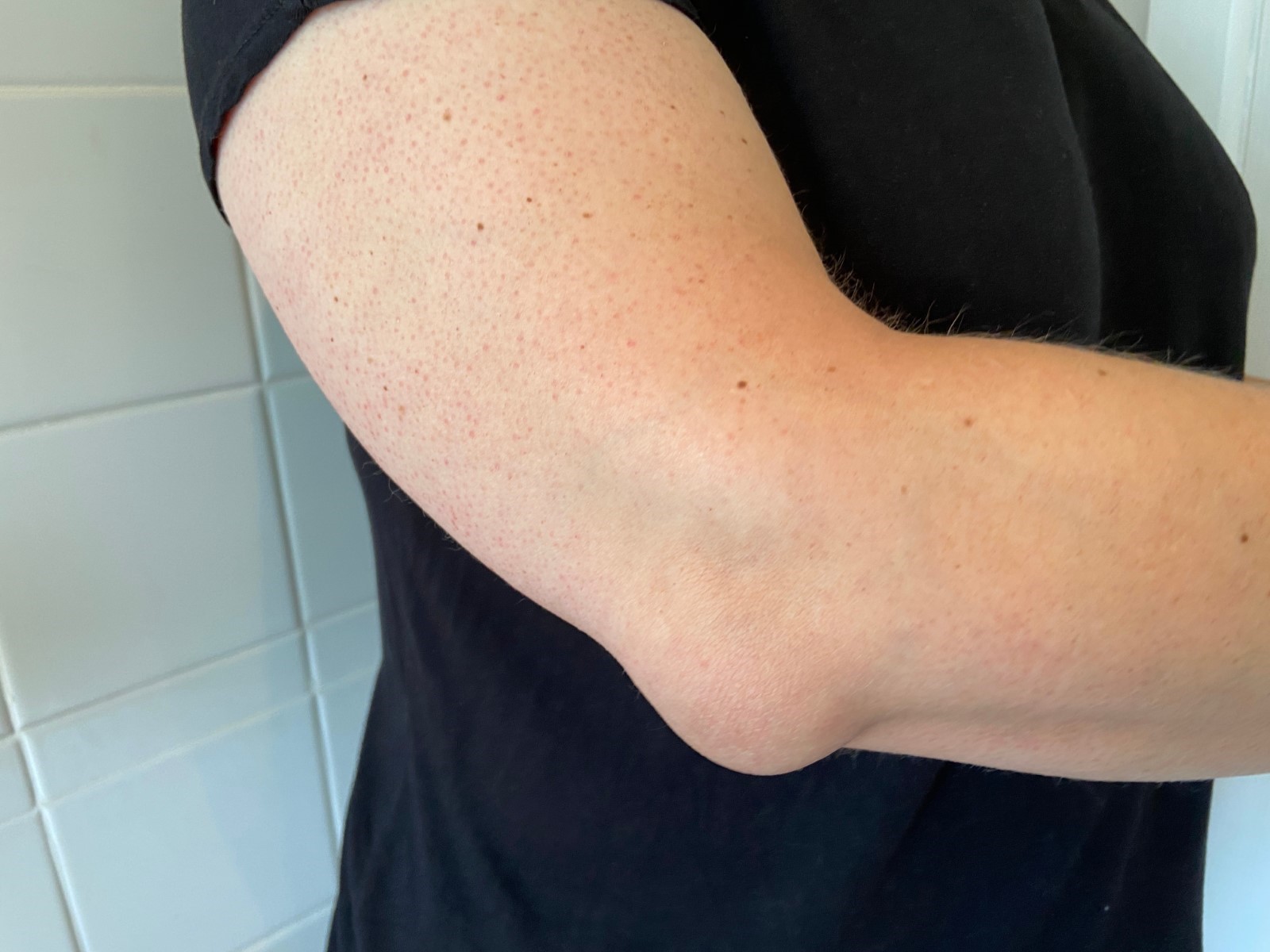Bursitis might not be a word you hear every day, but it is a condition that impacts many. Bursitis occurs when small sacs in your body, called bursae, become inflamed. Knowing more about it helps in dealing with its challenges.
What is Bursitis?
Bursitis is an inflammation of the bursae, tiny, fluid-filled sacs cushioning bones and joints. When bursae are healthy, they help reduce friction between bones and soft tissues. When inflamed, they cause trouble moving and performing even simple tasks.
There are different types of bursae. Some are near your knee, elbow, shoulder, or hip. Thus, bursitis can make daily life quite uncomfortable, causing pain and restricted movement in these common spots.
Symptoms of Bursitis
If you have bursitis, you may notice some signs like joint pain and swelling. The affected area might turn red and feel warm to the touch. The symptoms can change based on which joint is involved. For instance, with shoulder bursitis, lifting your arm might hurt, while knee bursitis could make walking painful. Recognizing these noticeable symptoms early is crucial to managing bursitis effectively and preventing further issues.
Diving into the Causes of Bursitis
There are various causes of bursitis, but lifestyle choices often play a big role. Repeating certain movements, like throwing a ball or kneeling for long periods, can irritate the bursae. Sometimes, a trauma, like a fall, can lead to bursitis. Other risks include infections that can result in septic bursitis, which is more severe and demands immediate attention. Underlying conditions such as autoimmune disorders might also trigger bursitis. Even surgeries can sometimes become a cause. Being aware of these causes of bursitis can guide you in taking measures to prevent it.
The Importance of Accurate Diagnosis
Figuring out if someone has bursitis involves a few steps. Typically, doctors start with a physical exam and might suggest imaging tests like X-rays or MRIs. These help in getting a clearer view of what’s happening inside. Sometimes, they might also do lab work. For instance, extracting fluid from a bursa can show if an infection is present. Blood tests can help rule out other conditions. To ensure a correct diagnosis, it’s essential to consult experienced professionals like Dr. Pushpak Reddy for expert advice.
Self-Care and Home Treatments
Managing bursitis at home can be quite effective with some simple remedies. Resting the affected area is key, as it helps reduce inflammation. Cold packs can bring down swelling, while warm compresses can aid blood flow and ease pain. Taking over-the-counter anti-inflammatory medicines might also be beneficial. Protecting your joints when engaging in activities is crucial. Leading a healthy lifestyle, with proper nutrition and exercise, plays a role in managing bursitis symptoms.
Medical Treatments and When to See a doctor
If home care isn’t enough, there are medical ways to address bursitis. Sometimes doctors might prescribe antibiotics if an infection is causing bursitis. Steroid injections can also offer relief by reducing inflammation quickly. However knowing when to seek professional help is crucial. If the discomfort persists or worsens, seeing a doctor is wise. Physiotherapy can be beneficial, providing exercises to restore joint movement. In severe cases, surgery could be a viable option if other treatments don’t work.
Preventive Measures: Safeguarding Against Bursitis
Preventing bursitis involves simple everyday actions. Maintaining a healthy weight reduces stress on joints, lowering the risk. During intense activities, wearing protective gear can shield your joints. Taking regular breaks during repetitive tasks is wise, as this practice helps prevent irritation to the bursae. By following these steps, you can minimize the chances of encountering bursitis.
Conclusion
Bursitis can be a troublesome condition, but understanding its roots—from the causes of bursitis to dealing with its symptoms—helps in managing it effectively. Consulting healthcare experts like Dr. Pushpak Reddy ensures you get the right guidance and treatment. Remember, quick intervention can prevent potential complications, making a world of difference in your journey toward relief.



